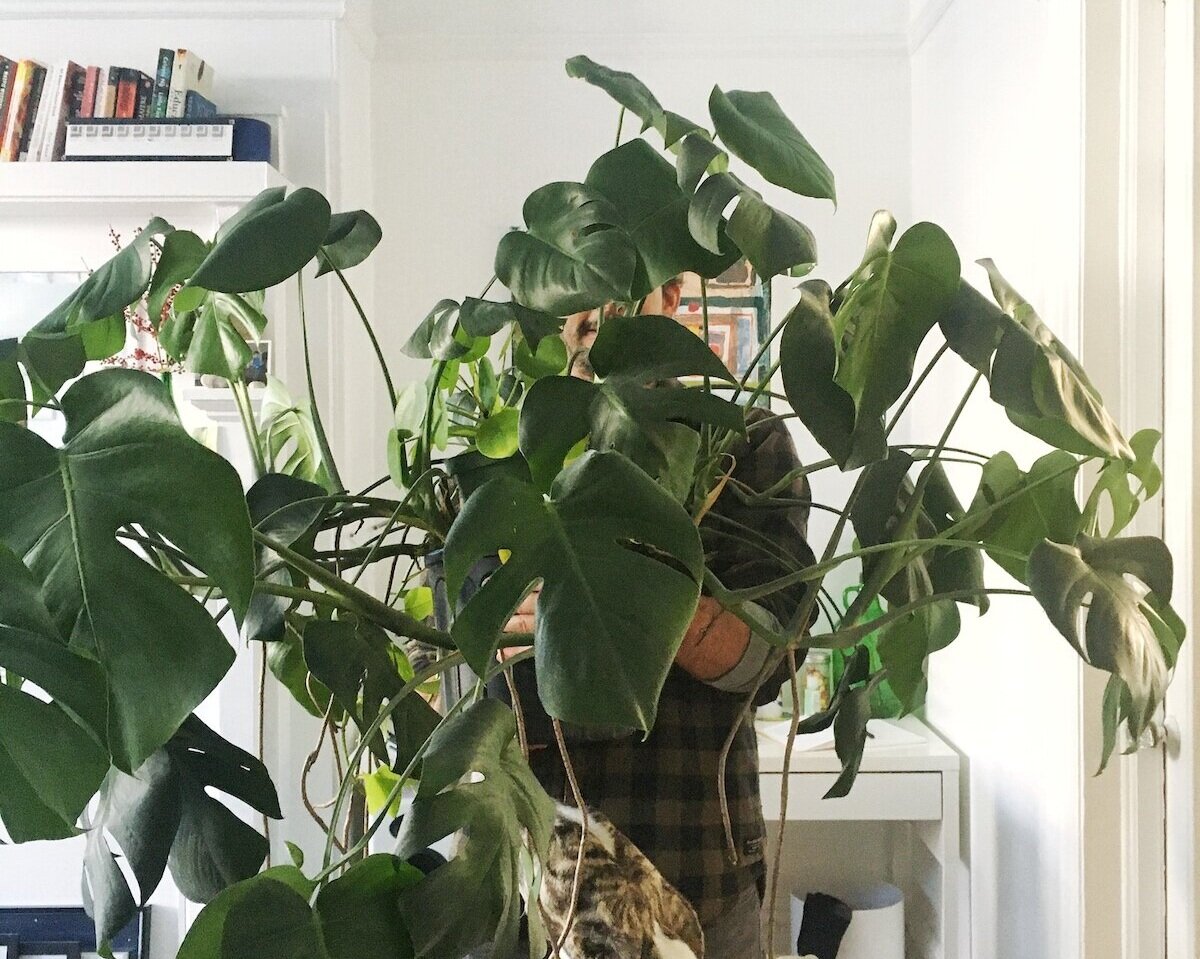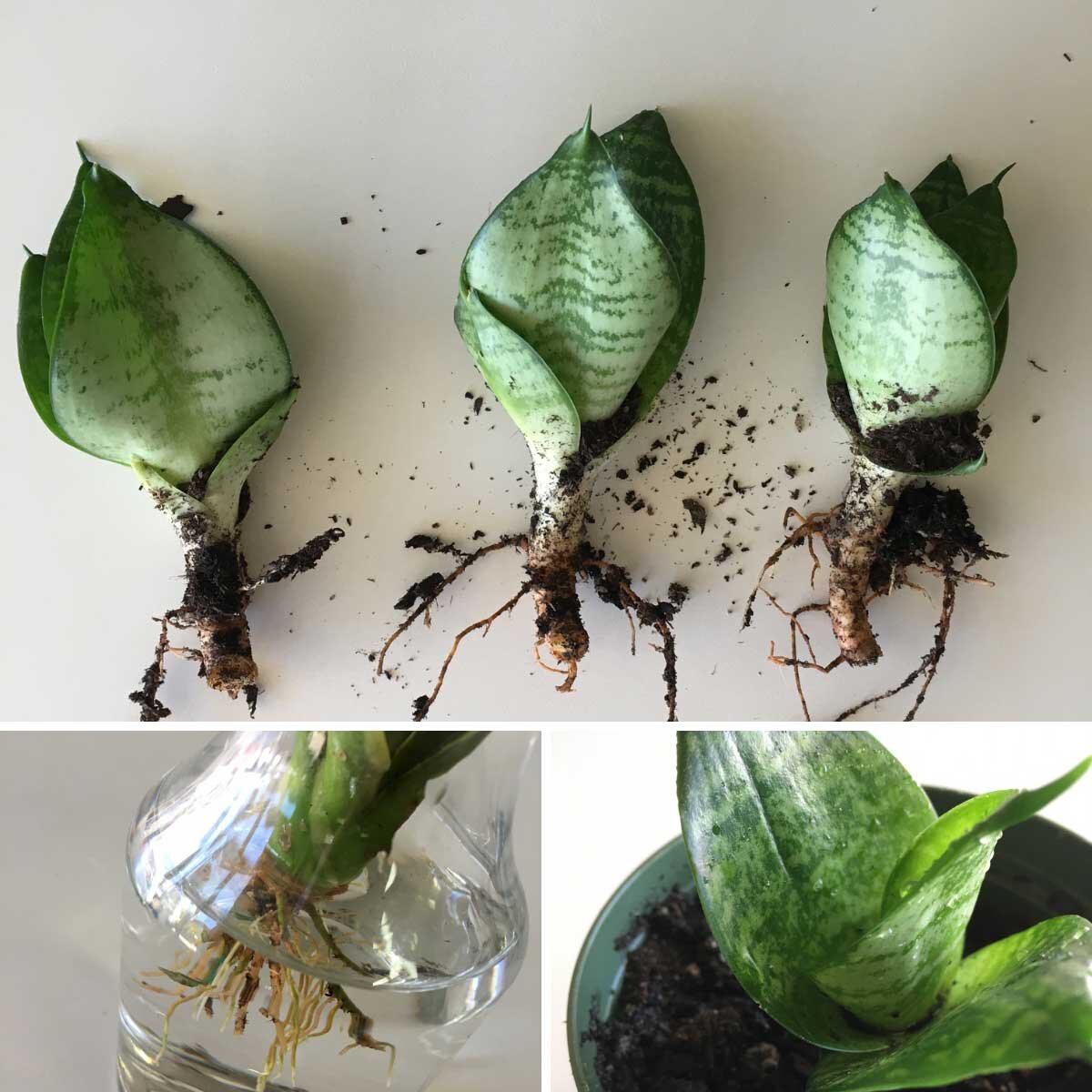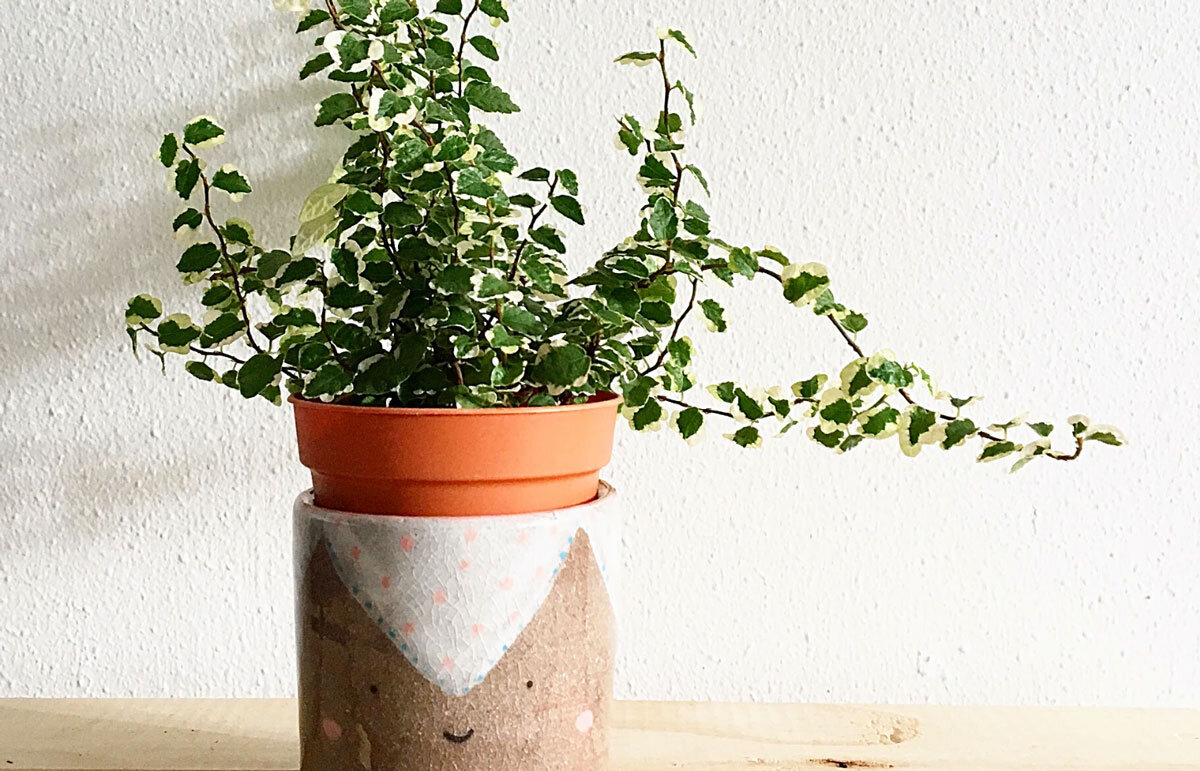The 10 Commandments of Snake Plant Care
If you’re reading this, you’re probably already an aficionado of the Snake Plant— and for good reason! They’re striking and sculptural, and they are renowned for their low-maintenance disposition.
A member of the Sansevieria genus, Sansevieria trifasciata is the variety that we champion here at Léon & George. Also known as Mother-In-Law’s Tongue and Snake Tongue, the Sansevieria trifasciata is emblematic of every trait that makes this species special (That variegation! That height!).
Snake Plants are a shoo-in for any discerning plant parent seeking to enhance the aesthetic of their living space, and they’re truly as simple as 1-2-3. But like every plant, even the hardy Snake Plant has unique characteristics and needs. So read on, because we’re sharing the ten essential commandments of Snake Plant care!
1. Gentle Light is Best
Don’t worry: Snake Plants really are as tolerant of varied light conditions as you’ve heard. That being said, they don’t love the intensity of bright direct light. So if possible, it’s best to place your Snake Plant somewhere it’ll receive a good amount of indirect light. You want to keep your Snake Plant’s leaves verdant and emerald, not scorched.
2. Drop That Can: A Caution Against Overwatering
We know, you’re excited! You want to commune with your plant by stroking it, singing to it, (perhaps playing “Plantasia” to it…) and of course, by watering it. But wait! It’s important to be sure that your Snake Plant is ready to be watered. They typically only need to be watered every ten days to two weeks, and can go even longer without watering.
Remember, the best way to know for certain that your Snake Plant is ready for watering, is to...
Moisture Meters
Sleek design and simple to use, a plant tool that will tell you exactly when to water your plants.
3. Get Dirty!
It’s tempting to want to schedule the things that are important to you (ahem, Google Calendar and constant Zooms.) But going based on a calendar- or a clock- is not the best way to keep track of when to water any of your plants.
This is where getting dirty comes into the equation. Snake Plants want to be watered only when their topsoil (the top 1-2 inches of soil, beneath the decorative moss) are dry. So check your moisture levels by lifting up a bit of the Snake Plant’s decorative moss, sticking your finger into the top 1-2 inches, and determining whether it is dry or still moist. If it’s moist, hold off on watering until it dries.
4. Keep An Eye Out for Squatters- Yes, We Mean Bugs
At L&G, we take extra-special care to prepare our plants for a pristine and insect-free life. And of course, we do guarantee that our plants are lovingly cleaned and prophylactically treated for bugs before we ship them out. When bugs occur, they occur in the plant’s new environment— and it’s most common when they move in with other plants, in spaces that have higher levels of humidity.
Snake Plants are adored by a bug called the thrip, a tiny black insect that can do damage over time. If you’re concerned your environment may have bugs, lift your Snake Plant and give it a shake over a piece of white paper. If you see that tiny black bugs have fallen off the plant, you may be unwittingly housing thrips.
But don’t panic! You can simply remove severely damaged leaves with clean, sharp shears or scissors, spray the Snake Plant thoroughly with water, and wipe it down with a clean cloth. A follow-up regimen of neem oil or diluted, organic soap can be helpful as well.
5. Shine On, You Crazy Sansevieria
If you notice that your Snake Plant is lacking luster, you can return it to a healthy shine with a little TLC. Just use two soft cloths and wipe off the blades one by one, from base to tip. This also helps your Snake Plant’s photosynthesis-- less dust on the blades makes it easier for the plant to drink up light.
6. Don’t Crack Up!
If you notice that your Snake Plant is showing cracks on its blades, don’t worry— this doesn’t signal an issue in your care regime. Cracking in blades is a naturally occurring trait of Snake Plants. Think of them as being like the veins in Carrara marble— they denote the natural beauty of the plant.
Léon & George Snake Plant
7. SOS- I’ve Overwatered!
So, your Snake Plant has been overwatered. Maybe you had an overzealous plant-sitter, or maybe you didn’t want your Sansevieria to experience FOMO as you drank your weekend prosecco by her side. Don’t worry— we’ve got you.
Your Snake Plant may exhibit symptoms of overwatering by showing mushy or soggy leaves. (Trust us, you’ll know them when you see them.) If you suspect overwatering, remove your Snake Plant from its ceramic pot and its plastic nursery pot. Take a look at the soil and roots.
If it’s a swamp down there, leave your Snake Plant out of the ceramic pot (but inside the plastic nursery pot) until at least half of its potting soil is dry. After a few days, you should be able to return the plant and plastic pot to the ceramic pot.
Be sure to check periodically that no excess water is gathering in the bottom of the ceramic pot.
8. Patience, Patience
Snake Plants are somewhat slow growers, especially if they are in environments with low light. This can be great if you think your plant is perfectly sized at the time of its purchase! If you want your Snake Plant to grow, it will reward you in time. Just make sure you keep your Snake Plant in a spot where it receives ample indirect sunlight. You can also fertilize it in the spring and summer months for an extra energy boost.
9. Don’t Be Afraid to Repot
Snake Plants don’t need to be repotted often, but when they do, they’ll let you know! You’ll likely see that your Snake Plant’s roots are beginning to outgrow its pot.
If you just want to freshen your Snake Plant’s soil, you can repot it in the same ceramic pot. This can be a good idea as over time, soil loses its nutrients- they’re used up by the plants to keep them growing healthy and strong. Just remove the Snake Plant from its pot and shake off as much of the old soil from its base and roots as possible. Then place the plant in the center of the pot, add new nutrient-rich soil and pat down firmly. Water the soil and place the Snake Plant in an area with bright, indirect light.
The same instructions go for re-potting in a new pot— just pot your Snake Plant into a ceramic pot with a diameter at least two inches larger than its original pot. For more information on how to repot your Snake Plant or any other plant, click here.
10. Pair Your Snake Plant With a Peer
Plants like to be grouped among other plants, and if you arrange them close to each other, there are benefits to be had- like a microbiome that regulates humidity, the simplification of your watering routine.
That being said, it’s important to be sure that the plants you’re pairing in a group have the same basic requirements for care, especially light. It’s best not to situate your Snake Plant next to another plant that needs frequent watering, because accidental overwatering of a Snake Plant can cause serious damage to the plant’s health.
Consider situating your Snake Plant next to another easy-care plant like the Zanzibar Gem. Like Snake Plants, they prefer to be watered sparingly and can are tolerant of varied light levels.
Embrace your Snake Plant and maximize its benefits!
Snake Plants are exceptional air purifiers. According to NASA, they are incredibly effective at filtering out environmental toxins like formaldehyde and xylene. They also convert carbon dioxide into oxygen at night, so they’re a great choice for a bedroom plant.
The Snake Plant is a newbie plant owner’s dream and an experienced green thumb’s vacation plant- they thrive with remarkably little care. So embrace your Snake, and remember the old adage: Less is More when it comes to caring for your Sansevieria.
Indoor plants, potted & delivered
Premium plants paired with stylish ceramics, plus lifetime plant care support. Order online at leonandgeorge.com












